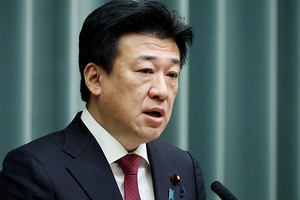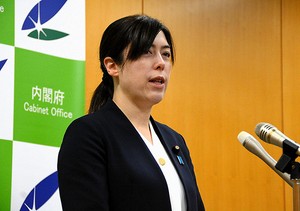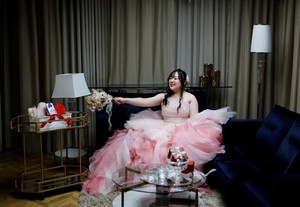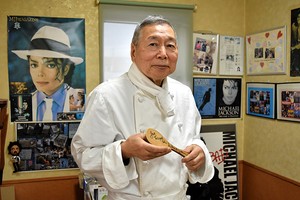THE ASAHI SHIMBUN
March 19, 2025 at 15:58 JST
 The Bank of Japan’s head office in Tokyo’s Chuo Ward (Asahi Shimbun file photo)
The Bank of Japan’s head office in Tokyo’s Chuo Ward (Asahi Shimbun file photo)
The Bank of Japan decided to keep policy interest rates unchanged amid increasing uncertainties over U.S. economic policies under the Trump administration.
After a two-day Policy Board meeting on March 19, the central bank maintained the target for the uncollateralized overnight call rate, a rate commercial banks charge on loans to each other, at about 0.5 percent.
The target was raised from about 0.25 percent at the previous meeting in January.
“Uncertainties over the global economy are rapidly increasing,” BOJ Governor Kazuo Ueda told a news conference on March 19. “We will determine policies after assessing how U.S. trade policies will develop and what impact they will have on the U.S. and Japanese economies.”
In January, BOJ policymakers said Trump’s economic policies would have a limited impact on financial markets. But many now believe that there is heightened uncertainty amid Trump’s tariff threats.
In addition to U.S. policies, the BOJ is paying close attention to wage and price trends.
During the “shunto” annual spring labor offensive, companies agreed to raise wages of regular employees by 5.46 percent on average, a higher rate than last year, according to figures released by Rengo (the Japanese Trade Union Confederation) on March 14.
The BOJ is expected to confirm whether wage increases will also continue at small and midsize companies.
In January, the consumer price index excluding volatile perishables rose 3.2 percent from a year earlier, outpacing the BOJ’s target of 2 percent. The consumer price index including perishables climbed 4 percent year on year.
But many BOJ policymakers said prices, despite extended increases, are unlikely to overshoot the target on a sustained basis.
The yen’s recent rise against the dollar also appears to be a factor behind the BOJ decision to keep interest rates steady.
The yen’s depreciation jacked up import prices and added pressure on overall consumer prices, but the Japanese currency has regained some of its strength since January.
The BOJ plans additional rate hikes on the belief that developments in economic activity and prices are in line with its outlook.
Some market players expect that the next hike will come sooner than expected before summer as prices rise, reflecting higher wages.
As a result, long-term interest rates have recently risen, pushing down bond prices, which move inversely in relation to interest rates.
In March last year, the BOJ ended its 11-year ultra-easy monetary policy and lifted the negative interest rate policy, which marked its first interest rate hike in 17 years.
The central bank raised interest rates in July and again in January.




















A peek through the music industry’s curtain at the producers who harnessed social media to help their idols go global.
A series based on diplomatic documents declassified by Japan’s Foreign Ministry
Here is a collection of first-hand accounts by “hibakusha” atomic bomb survivors.
Cooking experts, chefs and others involved in the field of food introduce their special recipes intertwined with their paths in life.
A series about Japanese-Americans and their memories of World War II